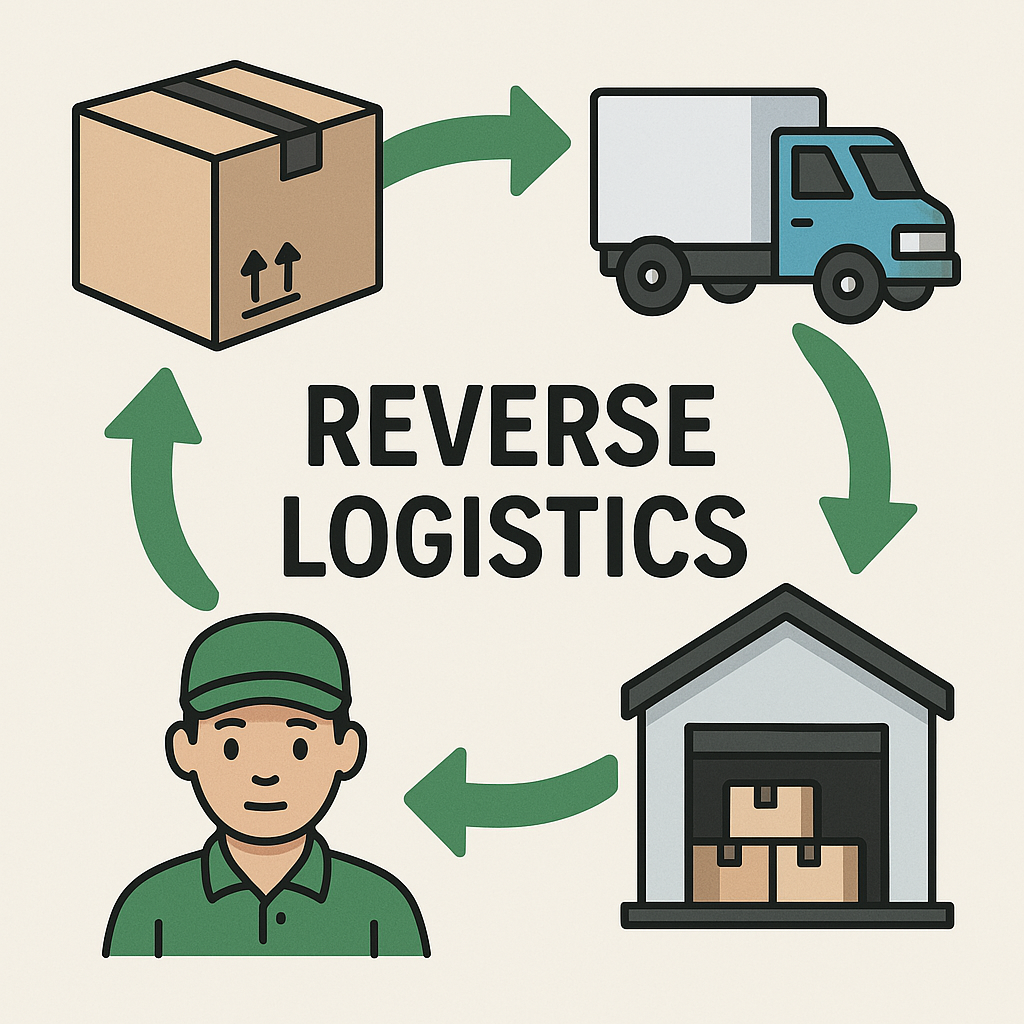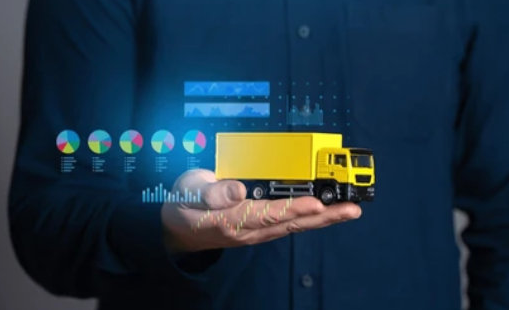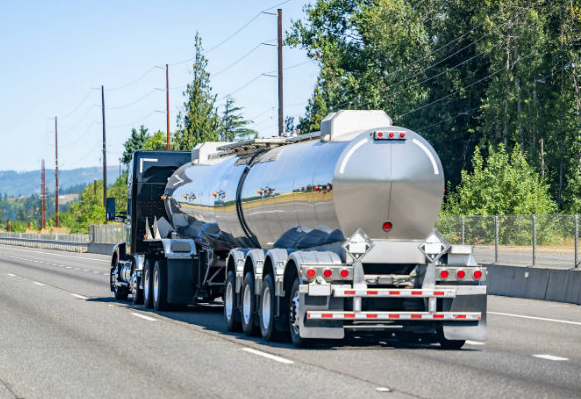Editor's Pick


Reverse logistics is the process of managing the return of goods from the end consumer back to the manufacturer, retailer, or other points in the supply chain for various purposes. It involves the efficient handling of product returns, recycling, refurbishment, resale, or disposal. Here's a structured breakdown: Product Returns: Handling customer returns due to defects, dissatisfaction, or warranty claims. This includes inspection, restocking, or processing refunds. Recycling and Sustainability: Managing the return of used products (e.g., electronics, packaging) to recover materials, reduce waste, and comply with environmental regulations. Refurbishment/Remanufacturing: Repairing or upgrading returned items for resale, often in secondary markets. Recall Management: Addressing safety or quality issues by retrieving defective products from consumers. End-of-Life Disposal: Environmentally responsible disposal of products that cannot be reused or recycled. Unsold Inventory: Managing excess stock sent back from retailers to warehouses or suppliers. Complexity: Varied product conditions and return reasons require flexible processes. Costs: Transportation, inspection, and processing can be expensive. Technology Needs: Dynaroute - route optimization software and tracking systems to manage returns efficiently. Customer Expectations: Balancing cost control with a seamless return experience. Cost Recovery: Reselling refurbished items or reclaiming materials reduces losses. Customer Loyalty: Easy returns enhance trust and satisfaction. Regulatory Compliance: Meeting environmental and product take-back laws. Sustainability: Reducing waste and promoting circular economy practices. E-commerce: Amazon’s return policies and refurbished goods marketplace. Electronics: Apple’s recycling program for old devices. Automotive: Recalls and remanufacturing of parts. Reverse logistics is a critical aspect of modern supply chains, emphasizing value recovery, cost efficiency, and environmental responsibility. It transforms traditional linear supply chains into circular systems, fostering sustainability and customer-centric operations.Key Components of Reverse Logistics:
Challenges:
Benefits:
Examples:
Conclusion:





